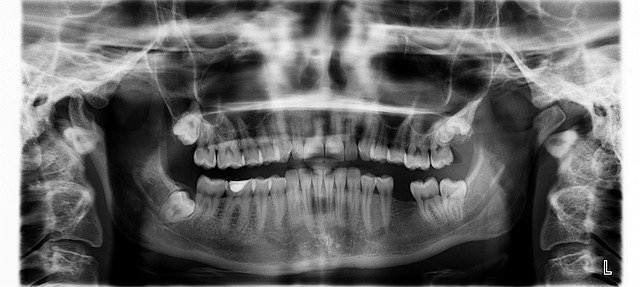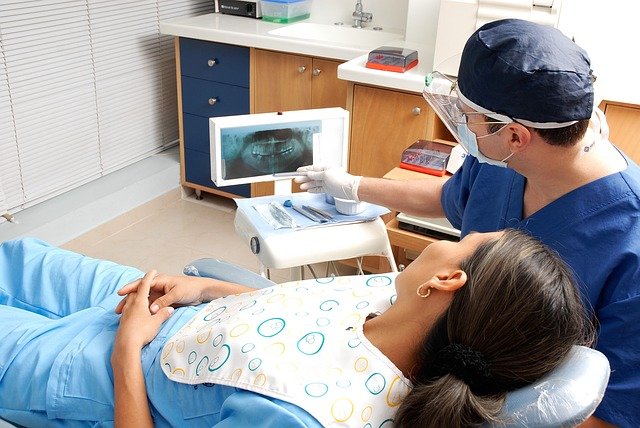Understanding Crohn’s Disease: Symptoms, Causes, and Management in 2025
Crohn's disease is a chronic inflammatory bowel disease that affects millions of people worldwide. As we look towards 2025, our understanding of this complex condition continues to evolve, offering new insights into its symptoms, causes, and management strategies. This article explores the latest developments in Crohn's disease research and treatment, providing valuable information for those affected by or interested in this challenging condition.

How Does Crohn’s Disease Affect the Body?
Crohn’s disease primarily impacts the digestive tract, but its effects can extend throughout the body. The inflammation characteristic of Crohn’s can occur anywhere from the mouth to the anus, most commonly affecting the small intestine and the beginning of the large intestine. This inflammation can lead to a range of symptoms and complications, including:
-
Abdominal pain and cramping
-
Persistent diarrhea
-
Rectal bleeding
-
Weight loss and malnutrition
-
Fatigue
-
Reduced appetite
Beyond the digestive system, Crohn’s disease can also cause extraintestinal manifestations, affecting the skin, eyes, joints, and other organs. These systemic effects highlight the complex nature of the disease and the importance of comprehensive care.
What Are the Symptoms of Crohn’s Disease in Females?
While Crohn’s disease affects both males and females, there are some unique considerations for women. Symptoms in females may include:
-
Irregular menstrual cycles
-
Increased risk of urinary tract infections
-
Pelvic pain
-
Potential complications during pregnancy
-
Higher risk of anemia due to blood loss and malnutrition
Additionally, women with Crohn’s disease may experience a higher incidence of depression and anxiety compared to their male counterparts. It’s crucial for healthcare providers to address these gender-specific aspects when developing treatment plans for female patients.
Living with Active Crohn’s: What to Expect During Flare-Ups?
Flare-ups are periods of increased disease activity characterized by more severe symptoms. During these times, individuals with Crohn’s may experience:
-
Intense abdominal pain and cramping
-
Frequent, urgent bowel movements
-
Bloody stools
-
Fever and night sweats
-
Loss of appetite and rapid weight loss
-
Extreme fatigue and weakness
Managing flare-ups often requires adjustments to treatment plans, including medication changes, dietary modifications, and sometimes hospitalization for severe cases. Stress management and adequate rest are also crucial during these challenging periods.
What Can Crohn’s Disease Pictures Show?
Medical imaging plays a vital role in diagnosing and monitoring Crohn’s disease. Various imaging techniques can reveal:
-
Inflammation and ulceration of the intestinal lining
-
Thickening of the intestinal wall
-
Narrowing of the intestines (strictures)
-
Fistulas (abnormal connections between organs)
-
Abscesses
Endoscopic images, in particular, can provide detailed views of the intestinal mucosa, helping physicians assess disease activity and guide treatment decisions. These visual tools are invaluable for both diagnosis and tracking the progression of the disease over time.
Treatment Approaches and Research Outlook for 2025
As we approach 2025, the landscape of Crohn’s disease treatment continues to evolve. Current and emerging treatment approaches include:
-
Biologic therapies targeting specific inflammatory pathways
-
Small molecule drugs offering new mechanisms of action
-
Personalized medicine approaches based on genetic profiles
-
Stem cell therapies for severe cases
-
Microbiome-based treatments
Research is ongoing in several promising areas, including:
-
Gene editing techniques to correct genetic risk factors
-
Nanotechnology for targeted drug delivery
-
Artificial intelligence for predicting disease course and optimizing treatment
While a cure for Crohn’s disease remains elusive, these advancements offer hope for improved management and quality of life for those affected by the condition.
This article is for informational purposes only and should not be considered medical advice. Please consult a qualified healthcare professional for personalized guidance and treatment.




